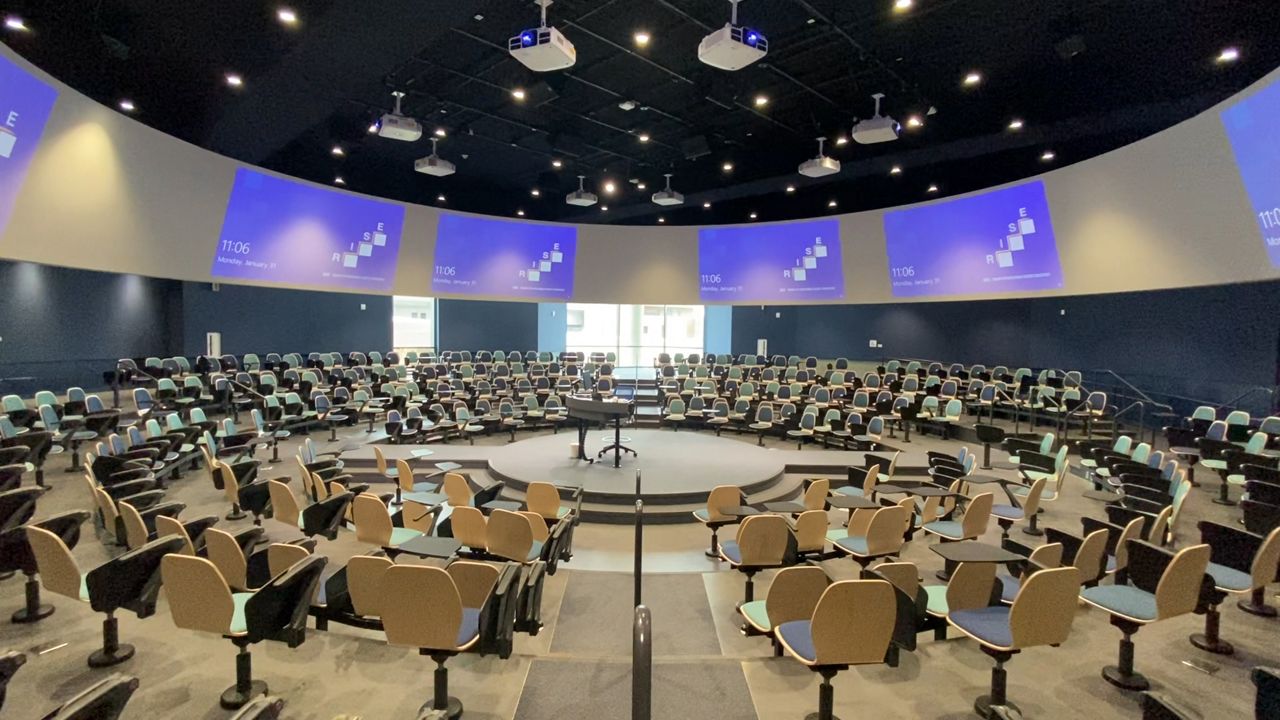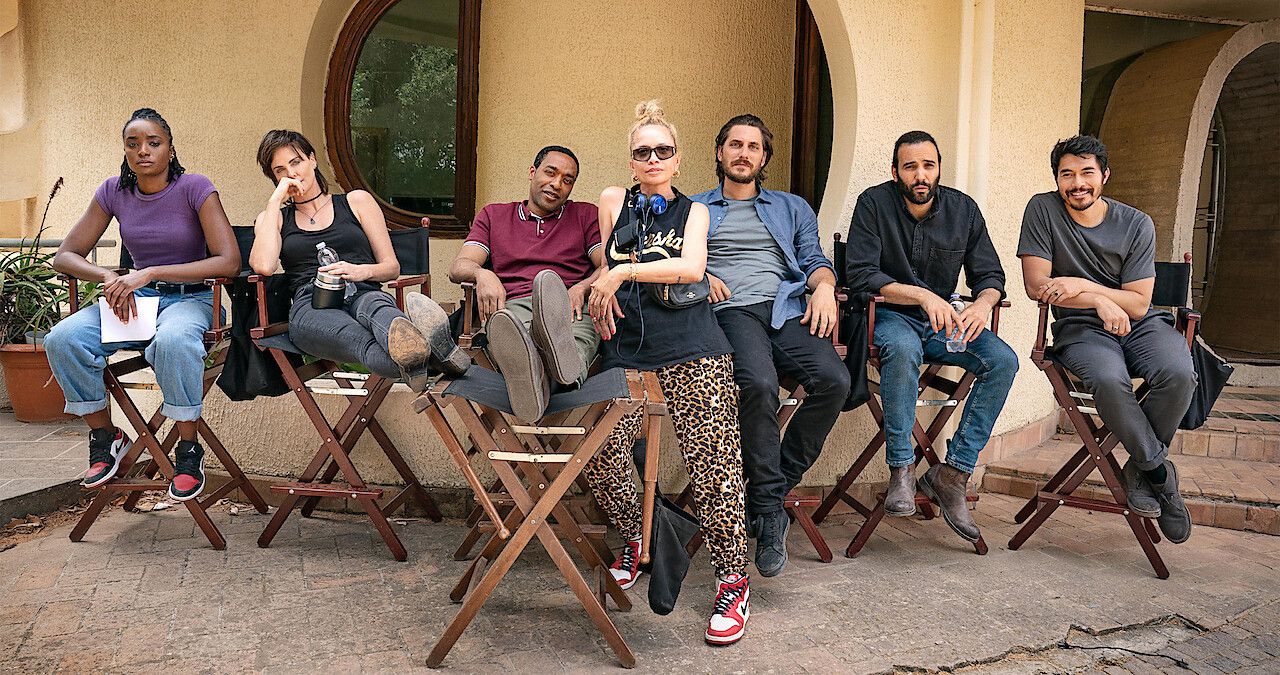It was a direct response to the pandemic. With fewer students able to attend classes in person, UC Riverside took the extra steps to meet students remotely.
"We wanted to find a way to have them really be in the room without coming to classroom and in that aspect, the RISE room has been really ideal," said Dr. Estela Gavosto, a mathematics professor at UC Riverside.
Rooms for Increasing Student Engagement, or RISE includes 110 high-tech classrooms that are equipped with cameras to live stream as well as microphones, many of which can pick up students voices in every corner of the class.
Israel Fletes, Director of Academic Technology for XCITE at UC Riverside, helped get the classrooms up and running along with the IT Department.
"A student in the back of the room can talk to a remote student that’s somewhere in Ohio,” Fletes said. “The faculty member can ask questions to students remotely and can hear every single answer, so it all feels like one big space.”
For larger classes, there’s a device called the Catchbox, a foam-cushioned microphone that instructors and students can toss around depending on who is speaking.
“In this screen and in this window, I’ll get the windows of all the students who are remote," Gavosto said, pointing to her computer.
She teaches advanced calculus and is a big proponent of the technology. She feels those who resist it are concerned about learning something new.
"I think it’s more psychological, the barrier, because this is much easier than pen and paper or much easier than the white board," she said.
Instead of using a whiteboard, Gavosto writes lecture notes on a tablet, which gets projected on screens not just for students in class, but also for those working remotely. She uses colors to denote different mathematical concepts.
There’s even a QR code students can scan at home to take part in a poll such as solving a multi-part math problem.
"We all discuss the answer and we all share our results," Gavosto explained.
She also posts all of her lectures online for students to review ahead of exams, but perhaps the pinnacle of classrooms or the "Zoom de la Zoom," so to speak, is a 404-seat lecture hall in the round. It just opened this past fall, and according to the school, is one of only a few nationwide. Instructors can pull up multiple media sources at once and the chairs swivel, allowing students to more easily break up into groups.

"It makes the 400-seat lecture hall now feel smaller," Fletes said.
Of course, technology isn’t perfect.
"If [professors are] not sharing the screen correctly, someone from the Zoom will say, 'I can’t see the screen,' and it just pauses the discussion but I think it’s still beneficial overall," said Jake Blackwell, a first-year student studying computer science.
Fletes says help in all the classrooms is just a tap away. With more than 30 years at UC Riverside, he never imagined education would look quite like this.





